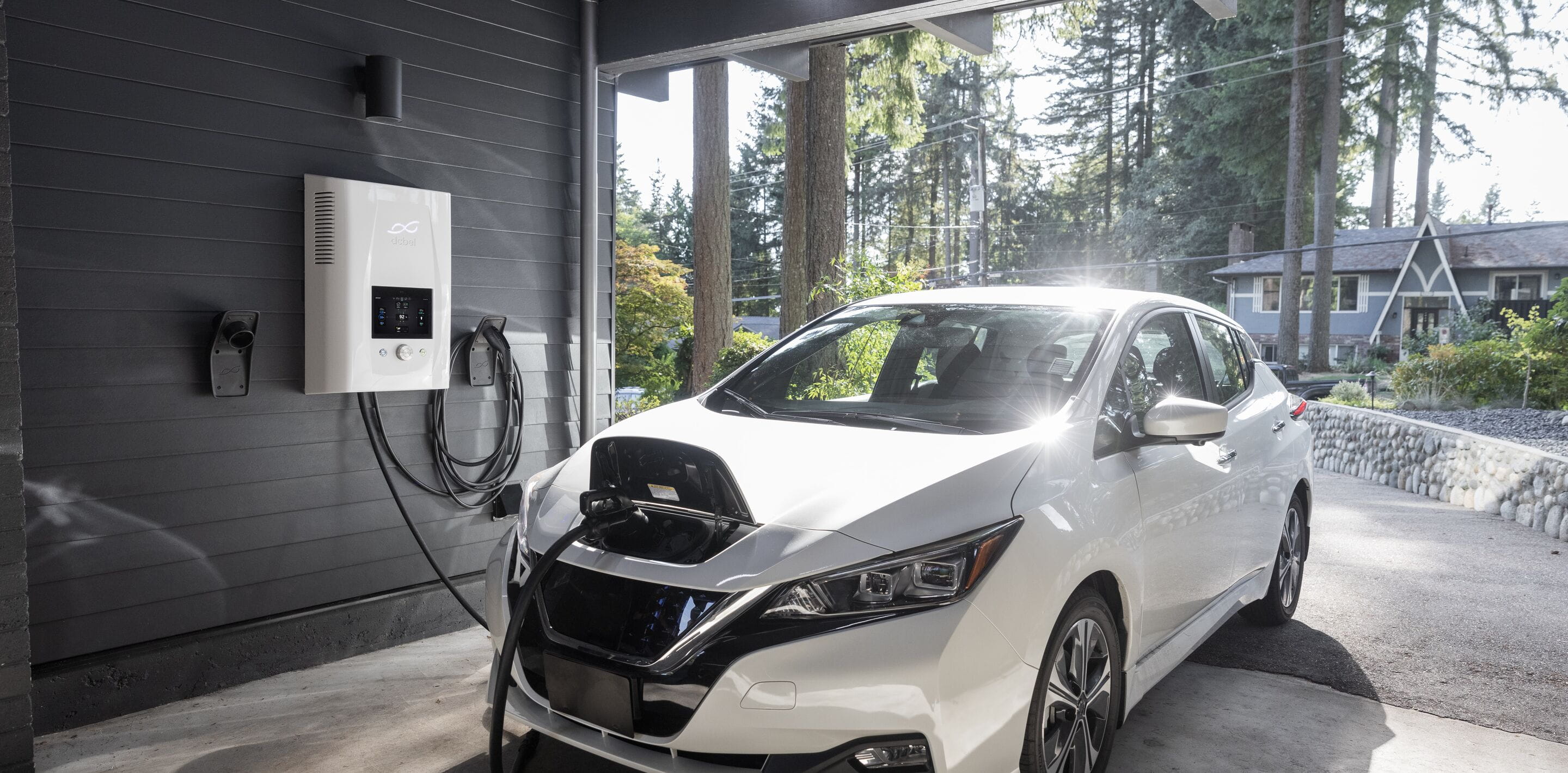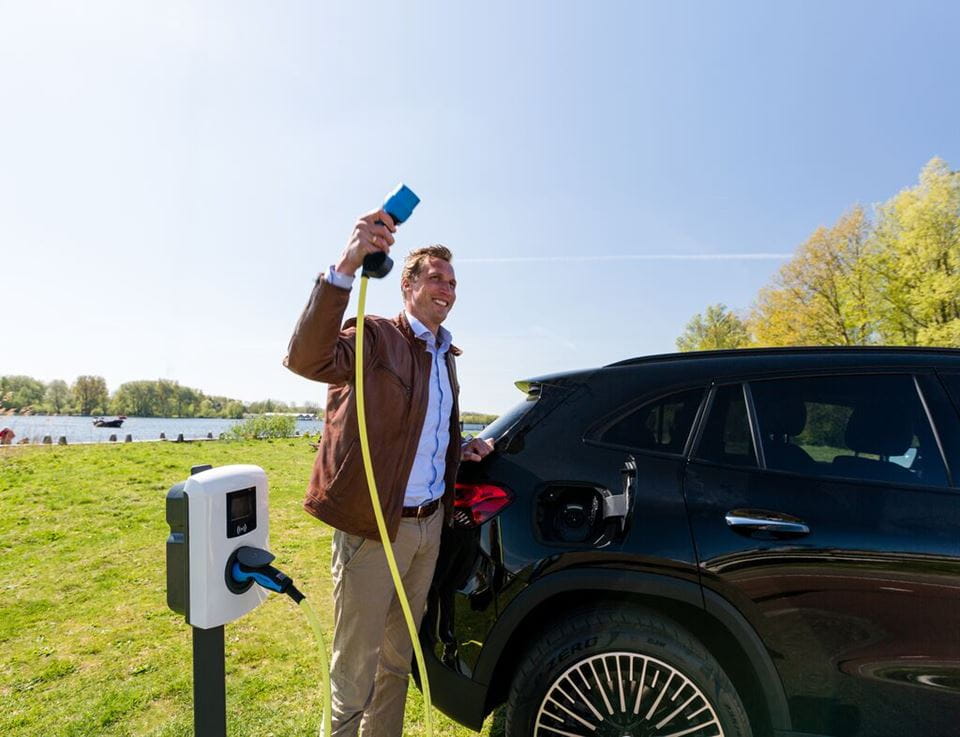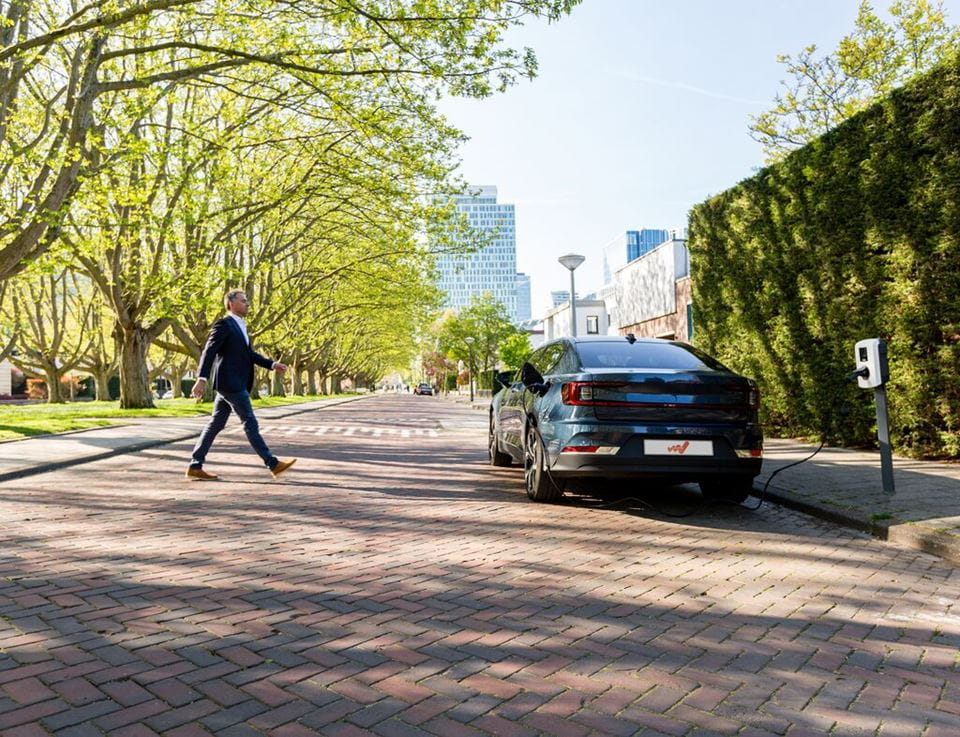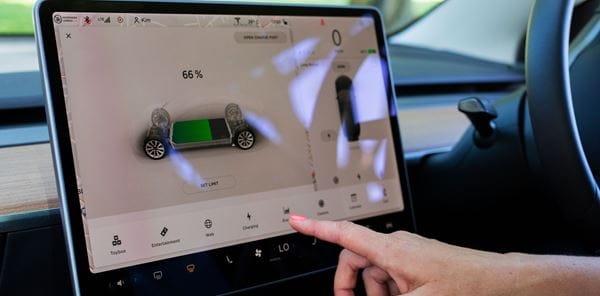
EV maintenance: what to do?
Electric vehicles (EVs) are equipped with lots of interesting technology, but that doesn’t mean they don’t need a helping hand from their drivers sometimes. To get the most out of your EV, regular service and maintenance is an important part of driving an EV. What exactly does this involve?
Let’s start with the good news. As EVs have fewer moving parts than vehicles with an internal combustion engine (ICE), it makes them much easier to maintain. With regular servicing, EVs can cover more than 160,000 km in their lifetime. ¹
But don’t be complacent! If an EV is poorly maintained, major components like the battery, it may happen that it needs to be replaced. And this can be a costly affair. In fact, replacing the battery can wipe out any total cost of ownership (TCO) savings that you might otherwise enjoy – so it’s absolutely vital to know your way around EV maintenance. Here are five tips to remember when maintaining your EV.
1. Check the tyres more regularly
EVs are considerably heavier than their ICE counterparts, so tyres wear down quicker if not maintained properly. EVs also produce instant torque as they accelerate, which contributes to increased wear.
As a result, EV drivers are encouraged to check tyre wear and pressure every month. Tyres should be rotated every 8,000 km and replaced after 30,000 km. You can also buy tyres designed specifically for EVs: these will help your tyres last longer and give you better mileage from each charge.

2. Don't overcharge the battery
If you want to avoid replacing the battery, you must treat it right. That means following several best practices:
- Don't leave it plugged in a charger for too long
- Don't overuse the quick charging feature
- Don't let the charge run down too low, too often
To keep track of EV charging, we recommend setting a timer.
3. Adapt to different weather conditions
Like any motor vehicle, an EV operates best at certain temperatures. EVs have thermal management systems to keep temperatures stable, but drivers can do their bit to support them. Be aware that leaving your car in extreme heat or cold can reduce your battery’s lifespan.
So, if your car is outside during cold weather, try to leave it in direct sunlight. You should also give the vehicle extra charge in the winter months, as you’ll need additional power for the car’s heating system. If it’s rainy, you should add extra charge to compensate for lower traction on wet roads.
Meanwhile, in the summer, avoid exposing your car to high temperatures by keeping it in the shade, or preferably in a garage.

4. Look after your break fluids
Most EVs have regenerative braking – a feature that transfers energy back into the battery when braking. This allows EV brakes to last longer than in traditional cars, but they don’t last forever. We recommend changing your brake fluid, after three years. Doing so reduces the chances of brake system failure, which can cost a lot of money to fix.
5. Clean the undercarriage twice a year
All kinds of particles from the road can accumulate under your EV, so make sure you clean the undercarriage at least twice a year. This will prevent road salt and other dirt from affecting your EV’s performance and range.
EV maintenance checklist
All this advice should help you avoid the main challenges related to EV maintenance. But there are many other things to consider, so we’ve put together a full list of which checks to perform on your EV – and when.
Every month: inspect interior and exterior lights; inspect tyres for wear and pressure; check for loose wheel lugs; inspect windshield washer fluid level; check coolant level
Every six months: check 12-volt battery connections and clean if necessary; check drain holes for obstructions; check cooling system fluid levels; check parking brake; inspect safety warning lights; clean the undercarriage to remove corrosive materials
Every 8 months: rotate tires; replace climate control filter; multi-point inspection
Every 24,000 km: replace windshield wiper blades
Every 32,000 km: change cabin air filter
Every 3 years: change brake fluid and coolant
Every 10 years: change transmission fluid and air conditioning desiccant



